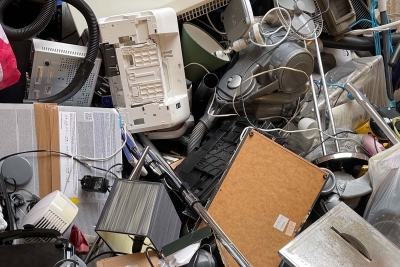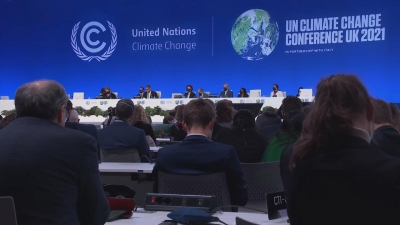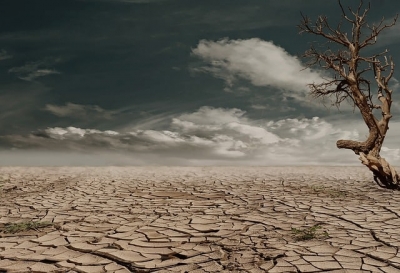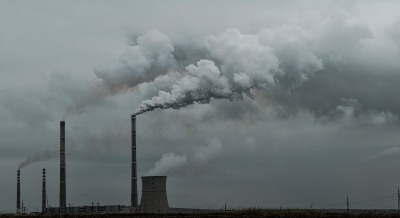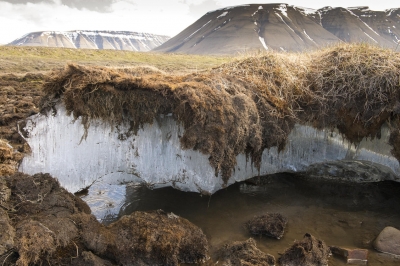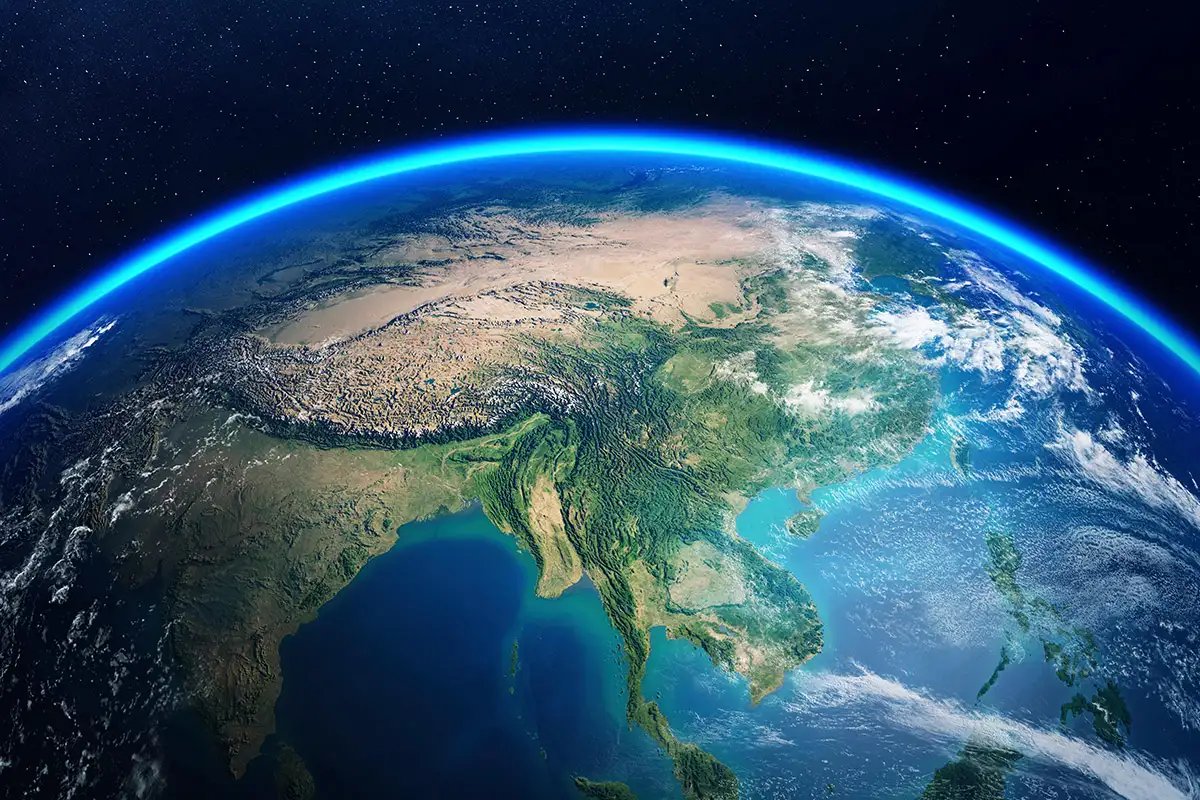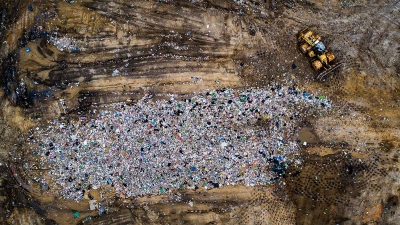WHEN AND WHY IS PAPER BAG DAY CELEBRATED? WHAT CAN WE DO ON PAPER BAG DAY?
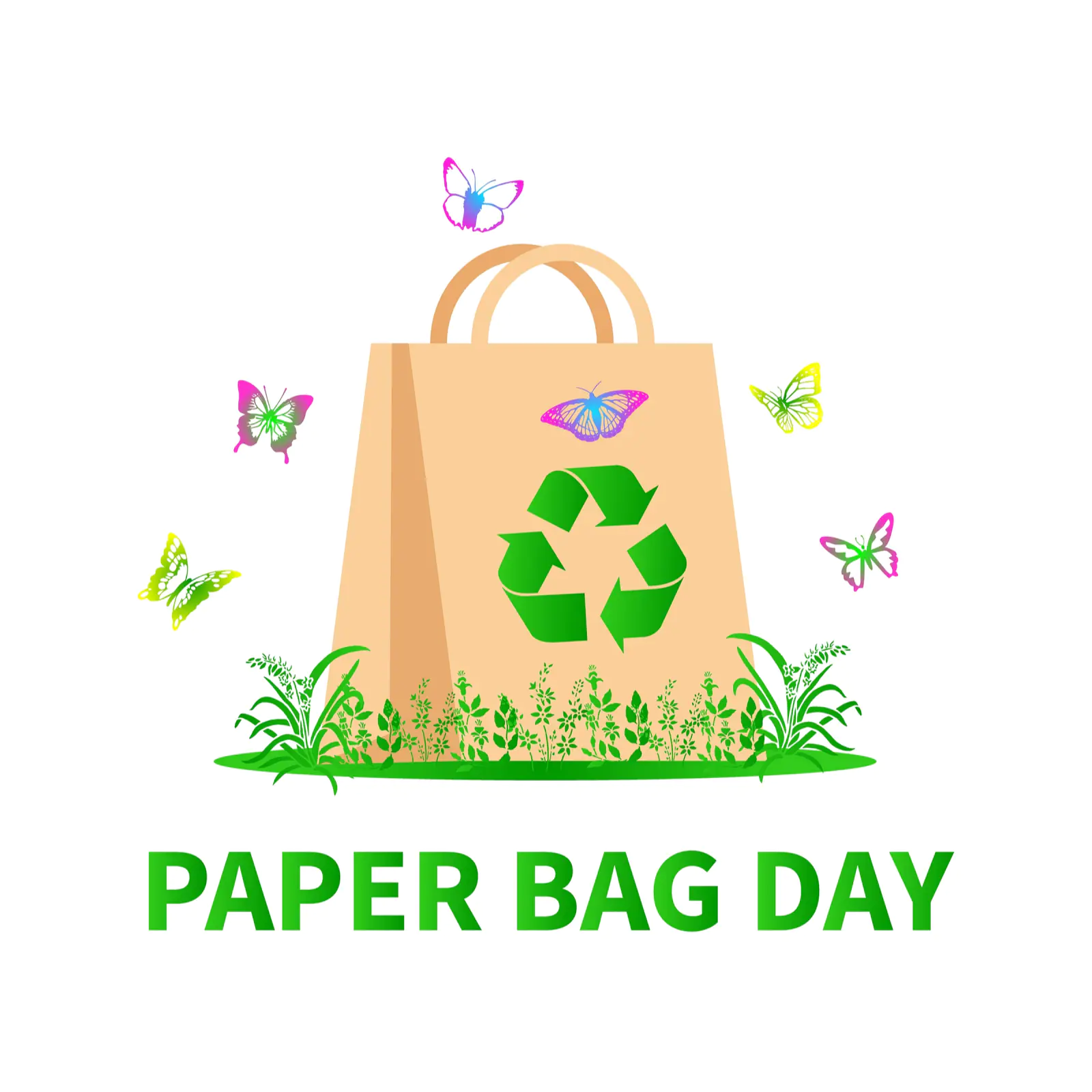
World Paper Bag Day is observed on July 12 every year to spread awareness about plastic pollution and encourage the use of environment-friendly alternatives. Use of paper bags, which are easily recyclable, will help reduce plastic waste that takes years to decompose, causing environment pollution.
Remember the 3 'R's? We know this mantra of Reduce', 'Reuse and Recycle can help us adhere to a sustainable lifestyle. It's also our trump card to save the Earth. What if we told you that there is also another lifestyle choice you could make to help the earth breathe, reduce your carbon footprint and regulate the usage of plastic.
Does it come as a surprise that the humble Paper Bag has a day of its own
The first machine
Not much literature is available as to how Paper Bag Day came to be or who started it. But the day gets marked with a flurry of programmes to promote the usage of paper bags. But there is a lot of drama and story behind this bag and how it came to be. Did you know that it was in 1852 that the first paper bag machine was established? This was by American inventor Francis Wolle who patented the first paper bag-making machine. Wolle who was also a priest called it the 'Machine for Making Bags of Paper.
Later, inventor Margaret E. Knight came up with a machine that could fashion out flat-bottomed paper bags. She patented this in 1870. This invention made a lot of difference enabling the production of flat-bottomed paper bags that could carry groceries.
It is interesting to note that the inventions didn't stop here! In 1883, another patent was granted. And this was to Charles Stilwell who created the S.O.S bag aka Self Opening Sack. Stilwell named it so because the bags could stand on their own without anyone's assistance while it was being loaded.
An alternative to plastic
Much has been talked about plastic and single-use carry bags and their detrimental environmental effects. Yet we still find it being used abundantly in marketplaces. People still depend on it out of convenience.
There is an organic solution to tackle this. Paper bags! One can easily create these bags using recycled paper. You must have seen that newspapers are quite often used for making paper bags.
Make your own bags
So, let's pledge never to use plastic bags and shift to sustainable alternatives such as paper bags or cloth bags.
And try making your own paper bag! Trust us, you will enjoy the process. You can introduce your fellow mates to this bag that can do so much and initiate them to the new craft of making paper bags. Make this sustainable lifestyle choice and be the change!
QUICK FACTS
According to estimates, 100 trillion plastic bags are used worldwide every year.
About 18 billion pounds of plastic find their way into the ocean every year, proving to be life-threatening to marine life. And this plastic stays in the ocean.
According to statistics, over 40% of the plastic produced gets used only once. And they get discarded, ending up as refuse on the Earth, taking years to disintegrate.
In the case of single-use plastic bags, it could take hundreds of years to disintegrate and get turned into microplastics, polluting the environment further. The plastic that we use today could easily stay on even after our journey.
SAY 'NO' TO PLASTIC BECAUSE...
It takes centuries to decompose.
It contains many chemicals that pollute the soil and the environment.
It affects food chains; harms water resources, has led to the unnatural death of animals species on land and sea. It is expensive to recycle.
Picture Credit : Google

